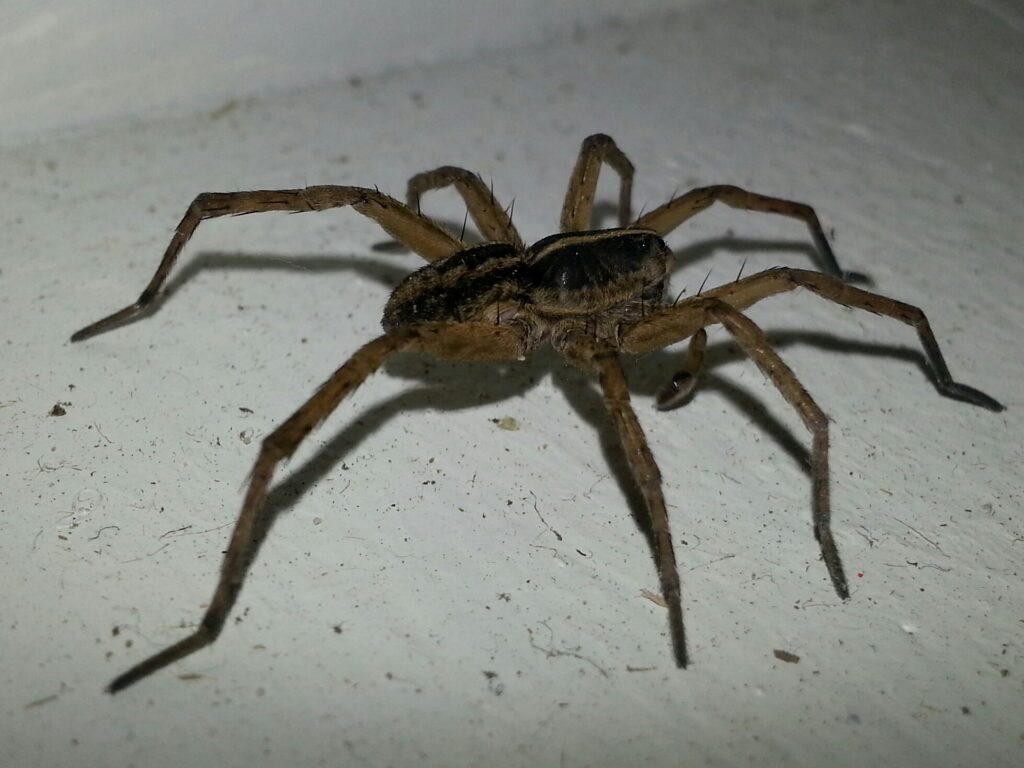 The warm weather increases insect activity, and one pest is a more deceiving threat to homeowners than it gets credit for. The humble carpenter ant is large for its species but relatively small compared to other neighbourhood pests. That said, with enough time and without the help of carpenter ant pest control services, the insect can cause extensive damage. Whenever possible, it is best to keep carpenter ants at bay. Discover five tips for protecting your property.
The warm weather increases insect activity, and one pest is a more deceiving threat to homeowners than it gets credit for. The humble carpenter ant is large for its species but relatively small compared to other neighbourhood pests. That said, with enough time and without the help of carpenter ant pest control services, the insect can cause extensive damage. Whenever possible, it is best to keep carpenter ants at bay. Discover five tips for protecting your property.
5 Carpenter Ant Pest Control Tips
Carpenter ants do not eat wood but remove it, burrowing out tunnels and building extensive colonies. If given enough time, the ants create satellite colonies throughout the framing of a house. Burrowing can weaken the structure, causing many problems. To ensure ants don't use your home as a construction site, focus on five common vulnerabilities.1. Check for Openings
A well-sealed home is also well-protected. Carpenter ants tend to find their way inside through openings in window screens, door seals, cable and plumbing entry holes, and any cracks or openings along the house's structure.
Homeowners should inspect seals around doors and windows and inspect siding, roofing, and the foundation for cracks or gaps. A silicone-based caulk can keep ants at bay. Because holes and openings for ants may be difficult to notice, it is best to hire a carpenter ant control service, such as Truly Nolen, to assess the structure.
2. Store Food Correctly
Like all living things, carpenter ants need food to survive. Leaving food out invites pests. To prevent pests, homeowners must store food correctly, using proper containers with airtight seals. They should also keep things put away in the refrigerator or pantry.
Also, homeowners should sweep, vacuum, and wipe down counters after every meal to eliminate any crumbs. Ants do not need a lot of food to survive — they're tiny.
3. Trim Trees
Part of keeping carpenter ants at bay is keeping them off your house. A simple but effective carpenter ant control tip is to trim your trees. You must keep all tree limbs off your house and away from your roof. Ants will use branches as bridges to your house. Once the pests are comfortable getting to and from your home, they will explore it, looking for vulnerabilities. Carpenter ant pest control services can point out landscaping issues to homeowners, things they might not have thought of independently.
4. Fix Rotting Wood
Houses with rotting wood structures or framing are at a greater risk of a carpenter ant infestation than houses without. The ants like moist, rotting wood because it is more malleable and easier to chew.
If you notice any wood rot or damage, repair it sooner rather than later. Sometimes people put off repairs out of concerns over costs, but postponing can encourage other problems.
5. Keep Yard Tidy
Carpenter ants use more than tree branches to access your house or get comfortable on your property. Old tree stumps, rotting logs, firewood, and other debris can make perfect makeshift homes for carpenter ants. The closer the debris is to your house, the more vulnerable the house becomes. Remove all yard waste and store things like firewood away from the house structure.

